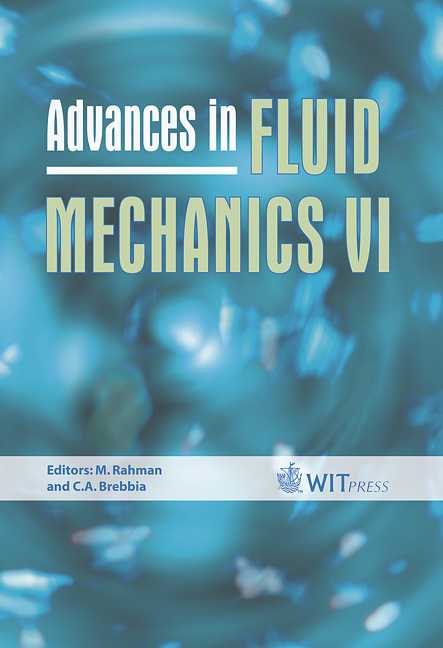Aluminized Composite Solid Propellant Particle Path In The Combustion Chamber Of A Solid Rocket Motor
Price
Free (open access)
Transaction
Volume
52
Pages
12
Published
2006
Size
472 kb
Paper DOI
10.2495/AFM060161
Copyright
WIT Press
Author(s)
Y. M. Xiao & R. S. Amano
Abstract
In a solid rocket motor (SRM) using aluminized composite solid propellant and a submerged nozzle, a two-phase flow needs to be investigated by both experiment and computation. The boundary conditions for the ejecting particles constrain their trajectories, hence these affect the two-phase flow calculations, and thus significantly affect the evaluation of the slag accumulation. A new method to determine the velocities of particles on the solid propellant surface was developed in the present study, which is based on the RTR (X-ray Real-time Radiography) technique and coupled with the two-phase flow numerical simulation. A method was developed to simulate the particle ejection from the propellant surface. The moving trajectories of metal particles in a firing combustion chamber were measured by using the RTR high-speed motion analyzer. Image processing software was also developed for the RTR images, so the trajectories of particles could be obtained. Numerical simulations with different propellant-surface boundary conditions were performed to calculate particle trajectories. By comparing the two trajectories, an appropriate boundary condition on the propellant surface was referred. The present method can be extended to study the impingement of particles on a wall and other related twophase flows. Keywords: solid rocket motor, propulsion, experiments, CFD, X-ray. 1 Introduction Many solid rocket motors (SRMS) use aluminized propellants and submerged nozzles to improve performance. When these propellants burn, the aluminum
Keywords
solid rocket motor, propulsion, experiments, CFD, X-ray.





